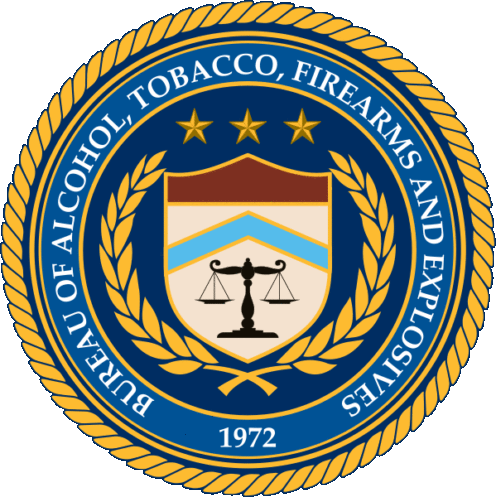Key Takeaways
Appropriate Stakeholder Cooperation on CGI leads.
Coordinated response.
Crime gun intelligence links shootings and ties crime guns to shooting events and trafficking or firearms thefts to shooting events. A single homicide case is often expanded through CGI to include additional violent crimes, additional offenders, and multiple jurisdictions. The prevention, investigation, and prosecution of violent gun crime and firearms offenses no longer occur in a vacuum.
Prevention, Investigation, and Prosecution
Collective Application of Crime Gun Intelligence
The Crime Gun Intelligence Center (CGIC) model benefits from a holistic approach to identify the most active shooters and disrupt the circle of violence. In order to properly take advantage of this feature, the collaboration of all criminal justice stakeholders is essential. The response to violent gun crime should be swift and coordinated and should include the participation community supervision partners, investigators, and prosecutors both at the local and federal levels.
Routine collaborative meetings between stakeholders are a key component of an effective response to violent gun crime. The meetings should focus on reviewing intelligence and information surrounding recent shootings and NIBIN leads. It is recommended that meetings are held on a monthly basis and establish clear strategic objectives to prioritize the identification of the most prolific shooters. Specifically, steps should be taken to improve warrant services, compliance of gun offenders under supervision, and the enforcement of relevant gun laws. Accountability is essential and every meeting should follow up on previously identified gun offenders as well as discuss new offenders identified through the most recent NIBIN leads.
In addition to routine collaborative meetings, data sharing among stakeholders should be prioritized. By centralizing data in a collective spreadsheet or database, stakeholders are able to monitor, track, and analyze cases. This mechanism allows CGICs to evaluate the success of the program and assists in establishing a collective response to investigate and prosecute the most prolific shooters.
This approach examines the true impact of gun violence on the criminal justice system and identifies areas for systematic improvement through collaborative partnerships.



